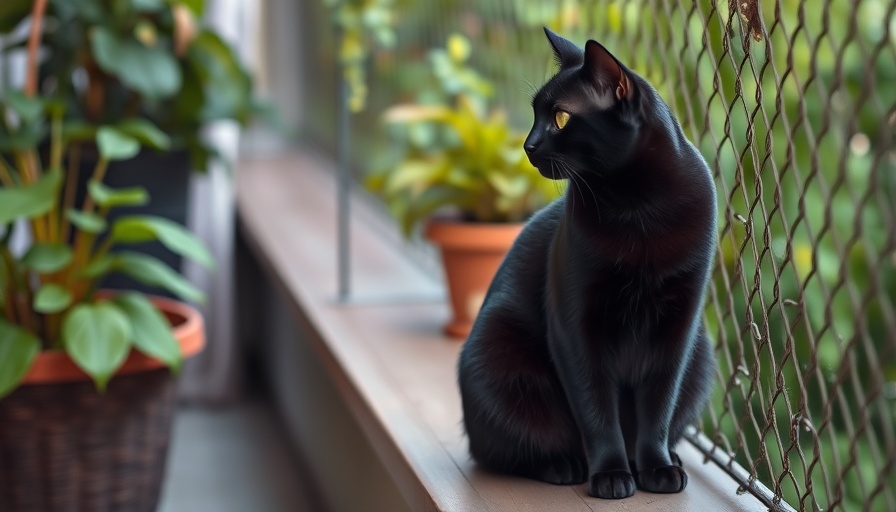
The Timelessness of Cats: A Guide to Their Evolutionary Success
In a world obsessed with change and progress, cats stand out as the ultimate masters of evolution, having remained remarkably unchanged for over ten million years. Their secret isn’t just in their genetic makeup; it’s a behavioral and lifestyle approach that has set them apart from the rapidly evolving competition. This article delves into the core principles of a cat’s evolutionary strategy, offering insights that not only highlight their success but also provide valuable lessons for those in the pet care community—from veterinarians to pet accessory developers.
The Power of Specialization
One key to the evolutionary success of our feline friends is their specialization as apex predators. Unlike many mammals that confuse their identities with dietary diversions, cats have embraced their role as hunters wholeheartedly. They are streamlined for predation, ditching unnecessary variations in body functions for a singular, efficient purpose. This focus on being exceptional in one area is a lesson for pet trainers and nutritionists—specialize in core competencies to ensure excellence. Whether you’re shaping a training program for a new feline companion or creating a high-quality diet for cat health, understanding this principle can lead to greater outcomes.
Embracing Timeless Traits: The Baby Face Phenomenon
Cats possess a unique trait referred to as ‘neoteny,’ where they retain juvenile characteristics into adulthood. Their big eyes and round faces evoke an emotional response that makes them irresistibly charming to humans. For veterinarians and groomers, recognizing the appeal of these features can enhance the grooming experience by maintaining this 'puppy-like' charm. This phenomenon shows that understanding physical traits can enhance the human-animal bond, shaping how we care for and advocate for pets.
Consistency in Design: A Blueprint for Success
Despite their diversity in size, from house cats to tigers, the underlying anatomical design remains consistent. This homogeneity offers insights for pet accessory developers: adopting a universal approach in product design that caters to this anatomical consistency can yield more functional and appealing items. For example, understanding how different sizes and breeds functionally relate can aid in creating everything from climbing structures to feeding stations that cater to all feline needs.
The Art of Slow Evolution
Contrary to the fast-paced changes typical of many species, cats exhibit a slow evolutionary pace, which serves to their advantage. This patient approach can resonate with advocates and rescue organizations focused on promoting sustainable practices in animal care. It’s about understanding that, similarly, positive changes in communities take time and require consistent effort. Those working in adoption and rescue can foster patience and resilience, promoting a deeper understanding of the slow but steady process of rehabilitation for animals.
Lessons for Today's Pet Care: Learning from Felines
What can we glean from the irrevocable mastery of cats? For veterinarians, trainers, and pet nutritionists, there’s a resounding truth: simplicity often outshines complexity. The nuances of a cat’s design and lifestyle encourage us to focus on clear, actionable approaches. Whether it’s tailoring a specific pet food diet or developing a careful training regime, the knowledge of how felines have honed their skills and attributes throughout time can serve as a guiding light for modern pet care practices.
Takeaway: Evolving Together
The legacy of felines teaches us resilience, simplicity, and the power of specialization. As we work in various sectors of pet care—from food manufacturing to training—remember these feline principles. Embrace a similar philosophy in your pursuits and invest time in honing a specific craft. The heart of cat evolution not only tells us about their prowess but inspires us to incubate our talents in the evolving landscape of pet care, ensuring that we foster environments where both pets and their caregivers can thrive together.
In the spirit of understanding and embracing our feline friends’ qualities, we encourage you to think about how you can implement these insights in your field of expertise to make lasting impacts in the lives around you.
 Add Row
Add Row  Add
Add 




Write A Comment